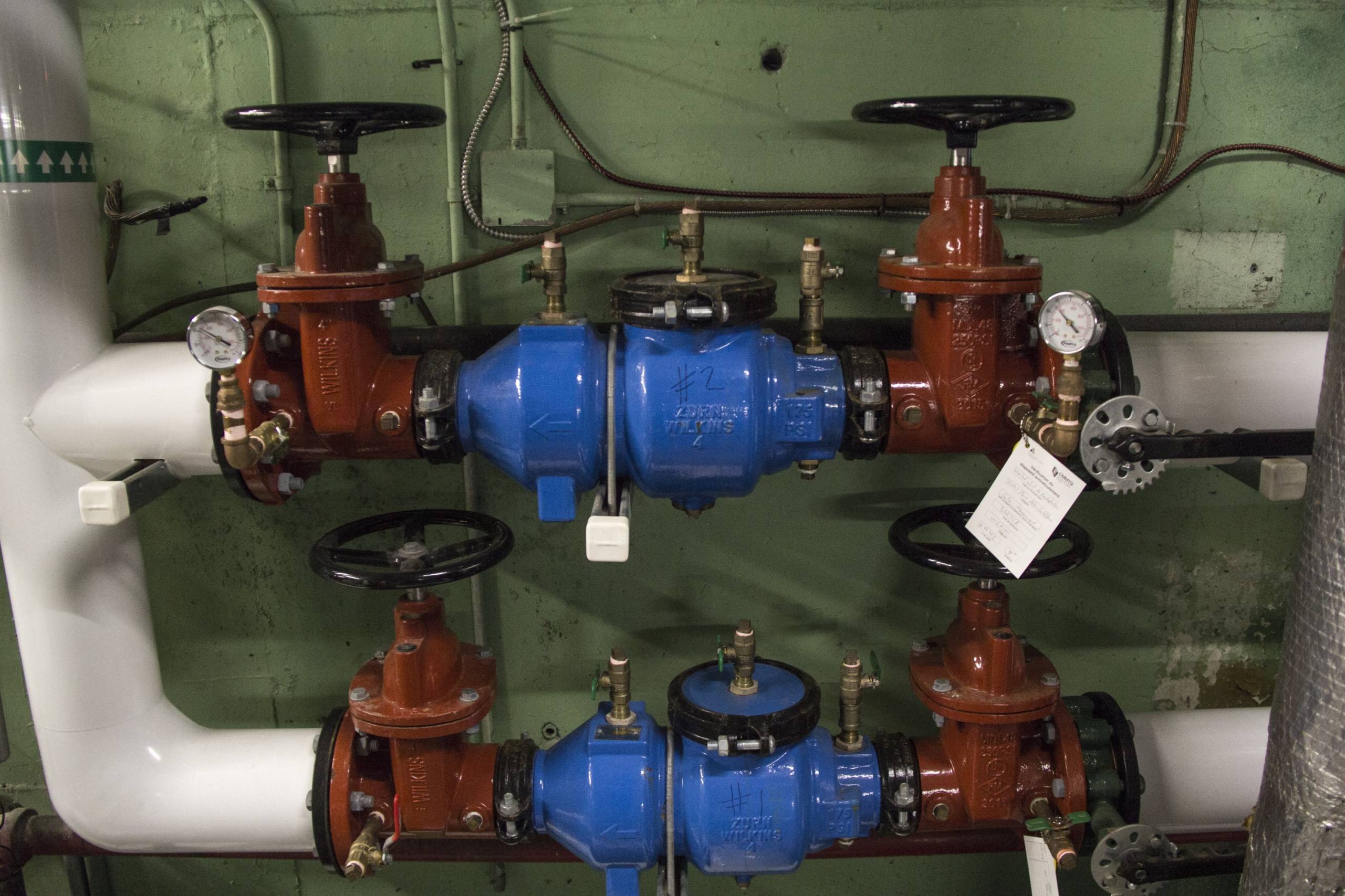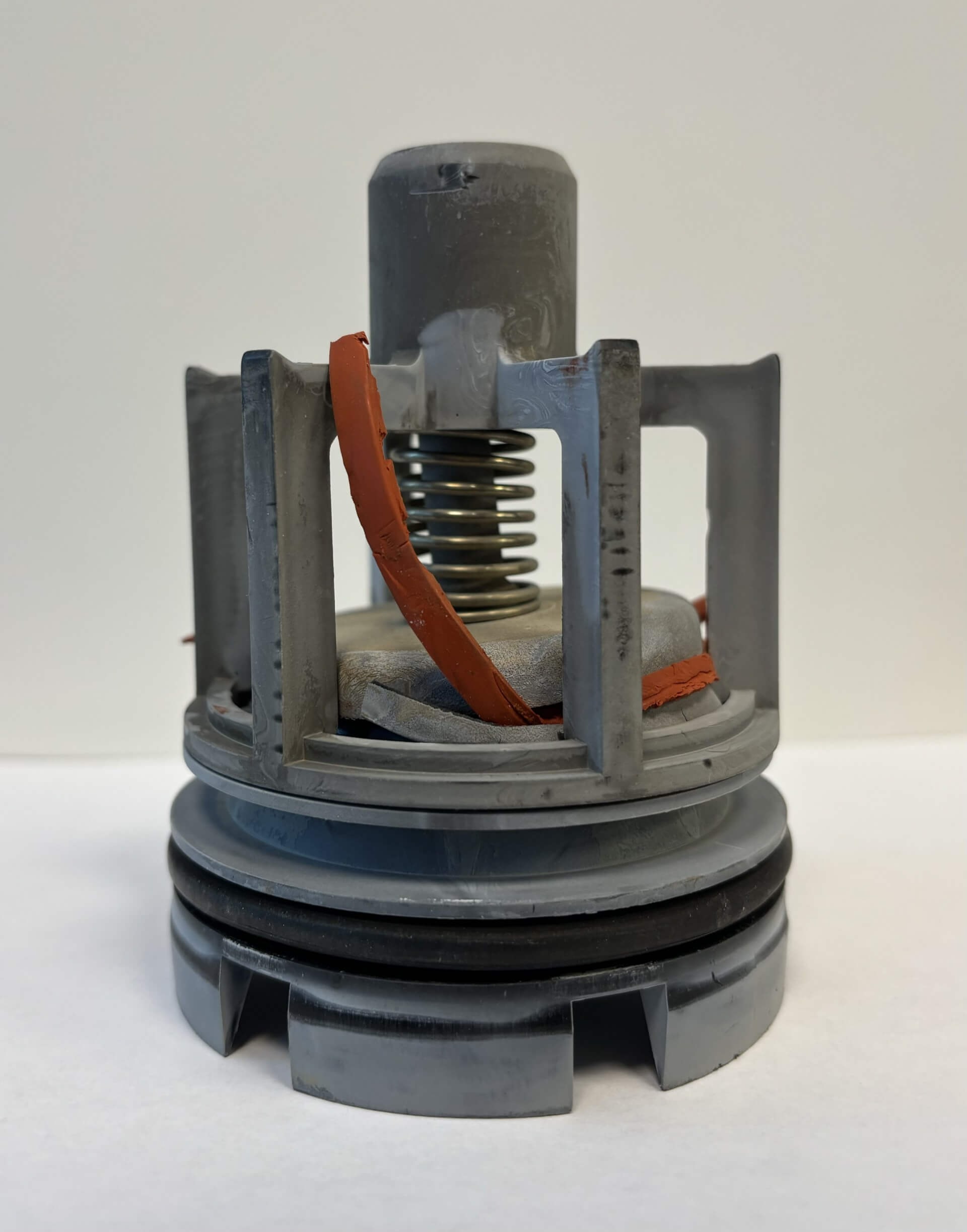
Backflow preventers (BPs) play a crucial role in preventing contamination of water systems with undesirable substances. Despite being essential for public health and environmental protection, these devices are often subject to breakage. A breakage is reflected in a failure to pass the annual field testing or in a failure of the leak-tight seal. These failures expose our communities to significant health risks. But why are these malfunctions so common? This article takes a closer look at the five main causes of BP failure to better understand and prevent these problems.
Extreme temperatures are one of the leading causes of device failure. The mechanical components of BP, often made from materials such as plastic or rubber, can expand or contract with temperature changes. These expansions and contractions can lead to cracks or deformations, compromising the seal tightness of the check valves inside the devices. In addition, prolonged exposure to extreme temperatures, whether hot or cold, can accelerate the aging of materials, reducing their effectiveness and durability. It is therefore crucial to choose the backflow preventers that are suitable for specific climatic conditions and, if possible, to protect them from excessive temperature fluctuations.3
Minerals that are dissolved in city water can also be a significant source of BP malfunction. When water is stagnant for a long period of time, substances such as calcium and magnesium can accumulate on the internal components of the devices and form limescale deposits. These deposits can clog the valves' closing and opening mechanisms, preventing the BP from functioning properly. Over time, this mineral build-up can damage the components, requiring frequent maintenance and sometimes even replacement of the devices.1
The presence of debris such as rocks, rust bits, grease from welds, and other solid particles in the water is another common cause of backflow preventer failure. These debris often come from work carried out on the water network. In addition, carelessness during the backflow preventer installation can allow unwanted particles to enter the system. By getting lodged in the moving parts of the devices that these debris can hinder the proper functioning of the BP; the valves can be stuck in the open or closed position, compromising the system safety.
To reduce the risk of debris-related malfunctions, the installation of sieves or filters upstream of the BP is an effective solution. These filtration components capture particles before they reach the device. However, it is essential to clean these components regularly to avoid excessive debris accumulation, which in turn could impair the proper functioning of the systems.2
Pressure fluctuations in the water supply system can lead to premature failures of the backflow preventers. Rapid and frequent pressure variations, caused by changes in flow rate, put a high strain on mechanical components such as seals and valves. This constant wear and tear can cause leaks or ruptures, compromising the tightness and proper functioning of the devices. This problem is particularly common in large industrial processes where water flow rates vary significantly.3

Factors such as extreme temperatures, dissolved minerals, debris in the water, industrial chemicals, and pressure fluctuations can cause frequent failures. To prevent these problems, it is crucial to choose the right backflow preventer devices, protect them from fluctuations and ensure regular maintenance.
We use cookies
Respecting your privacy matters to us. We use cookies to personalize our content and facilitate your digital experience. Some cookies may be collected with your consent.
Essential
Essential cookies help make a website usable by enabling basic functions such as page navigation and access to secure areas of the website. The website cannot function properly without these cookies.
Performance
These cookies enable us to analyze navigation on our sites and improve their operation.
Customization
Preference cookies enable a website to remember information that modifies the behavior or appearance of the site, such as your preferred language or the region you are in.
Targeted advertising
These cookies help us limit the number of times you see an advertisement, personalize our offers and services according to your centers of interest, measure the effectiveness of an advertising campaign, and so on. They may be shared with our partners.
We use cookies
Respecting your privacy matters to us. We use cookies to personalize our content and facilitate your digital experience. Some cookies may be collected with your consent.